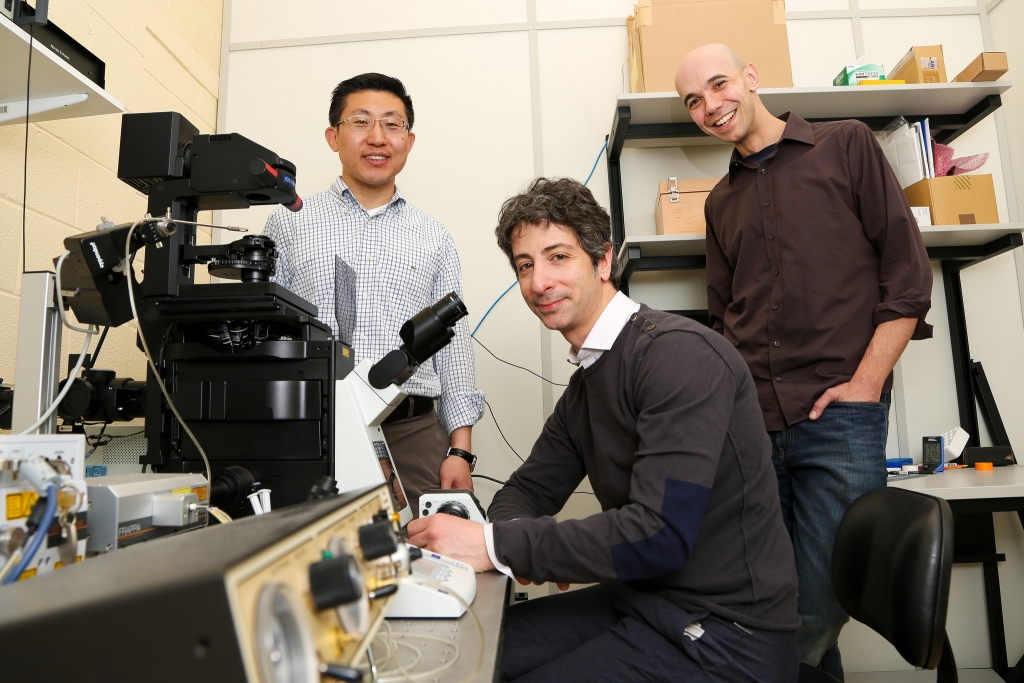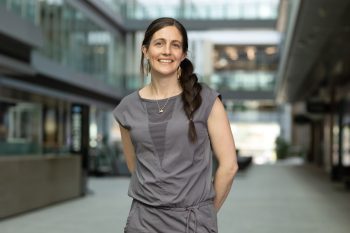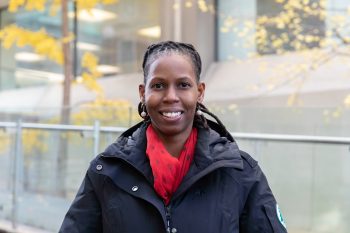University of Toronto engineers and a pediatric surgeon have joined forces to discover how physical forces like pressure and tension affect the development of limbs in embryos—research that could someday be used to help prevent birth defects.
The team, including U of T bioengineer Rodrigo Fernandez-Gonzalez from the Institute of Biomaterials & Biomedical Engineering (IBBME), U of T mechanical engineer Yu Sun (MIE) and SickKids Hospital’s Dr. Sevan Hopyan, used live imaging and computer models to study the links between mechanical forces, changes in cell shape and cell movement in embryos.
Their study—published this week in Nature Cell Biology—used cutting-edge techniques to gain valuable insight into the fundamental processes of arm and leg development.
Mapping-out the growth of ‘proto-limbs’
An embryo starts out shaped like a ball, then grows to create complex shapes like limbs. In early embryonic development, cells divide into three layers:
- the ectoderm, which forms the nervous system, skin and sensory organs;
- the mesoderm, which produces the skeleton, muscles and most of the major organs, and;
- the endoderm, which turns into the body’s respiratory tract and elimination systems.
In the study, the team looked at cell behaviours in the ectoderm that promote limb development. They used unique tools, including micro-chiseling ablating lasers, atomic force microscopes and layer-by-layer computer models, to explore the early stages of limbs in unprecedented detail.
They discovered that as cells divide and develop, the way they communicate with each other and the pressure resulting from movements of the three cell layers can impact how well limb buds—the early stages of what become arms or legs—are formed.
“We found amazing evidence on how mechanical forces regulate the remodeling of cells in the ectoderm layer and how the stress field changes when the ectoderm changes its shape as it develops,” says Professor Sun.
Prior to this work, scientists and engineers didn’t have the tools and techniques to understand changes of shapes on a tissue scale and on small groups of cells.
Thanks to their findings, the researchers know that two major cell layers, the ectoderm and mesoderm, speak to each other both mechanically and biochemically, that is, through molecules shuttling back and forth. This communication is linked to changes in the embryo.
Engineering insights from the world of the cell
“The idea that two tissues are mechanically interacting and that such interaction affects cellular behaviour is really exciting to see,” says Fernandez-Gonzalez.
To measure mechanical forces, the authors used techniques borrowed from the world of manufacturing and engineering, including the use of a laser to cut interfaces between cells.
“If you hold a rubber band between your hands and I cut it while it’s loose, nothing happens,” says Fernandez-Gonzalez. “But if you stretch the rubber band, your hands snap back when I cut it. That’s essentially what happens with cell boundaries,” he explains.
“We know some of the genes that are important in the structure of the embryo for development to proceed, but we didn’t know how those pathways were linked with movement in the cells,” says Hopyan.
A path to preventing limb defects
While their study was done on a highly fundamental level, the team says it will allow them and others to take important further steps like measuring forces in and between cells.
The study also paves the way for the possibility of creating better simulations of cell remodeling and the early development of limbs.
“This research could someday be used in potential medical applications to prevent limb deformations,” says Hopyan.
The work is one of the first times a research team has applied biophysical methods to the study of cell and tissue mechanics in live mammals.
Possible long-term outcomes in this research field could result in a drug that could alter mechanical stress on cells in embryos, repairing what would otherwise have become a deformed limb.



